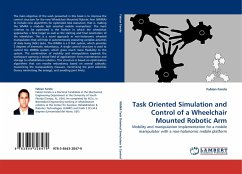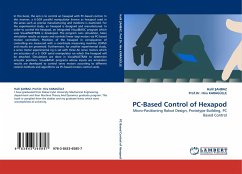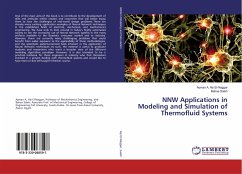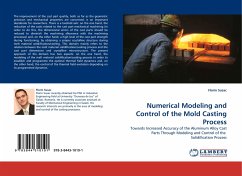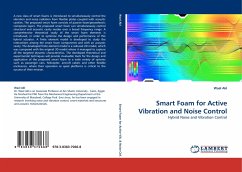The main objective of the work presented in this book is to improve the control structure for the new Wheelchair Mounted Robotic Arm (WMRA) to include new algorithms for optimized task execution; that is, making the WMRA a modular task oriented mobile manipulator. The main criterion to be optimized is the fashion in which the wheelchair approaches a final target as well as the starting and final orientation of the wheelchair. This is a novel approach in non-holonomic wheeled manipulators that will help in autonomously executing complex activities of daily living (ADL) tasks. The WMRA is a 9 DoF system, which provides 3 degrees of kinematic redundancy. A single control structure is used to control the WMRA system, which gives much more flexibility to the system. The combination of mobility and manipulation expands the workspace opening a broad field of applications: from maintenance and storage to rehabilitation robotics. This structure is based on optimization algorithms that canresolve redundancy based on several subtasks: maximizing the manipulability measure, minimizing the joint velocities (hence minimizing the energy), and avoiding joint limits.
Bitte wählen Sie Ihr Anliegen aus.
Rechnungen
Retourenschein anfordern
Bestellstatus
Storno

